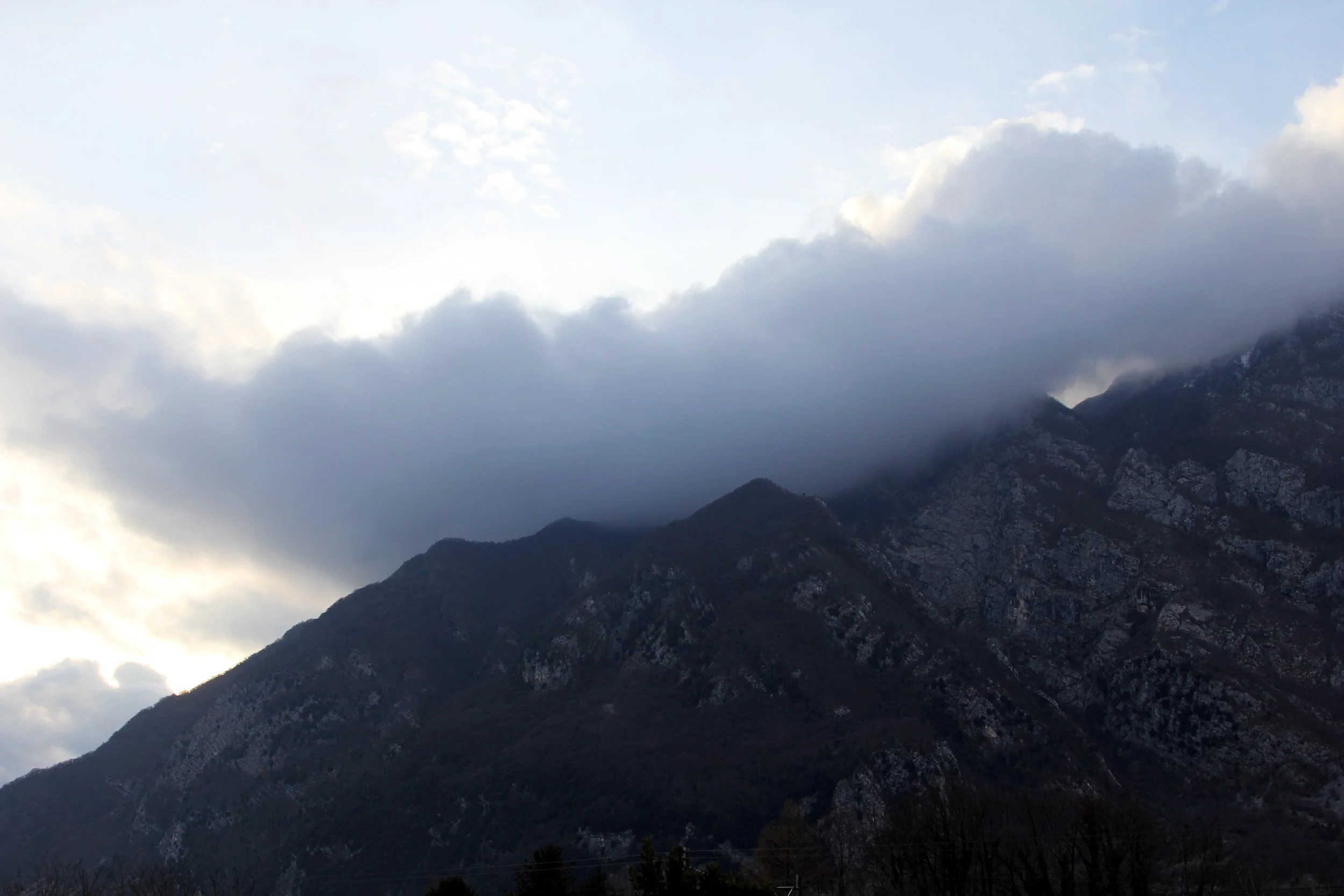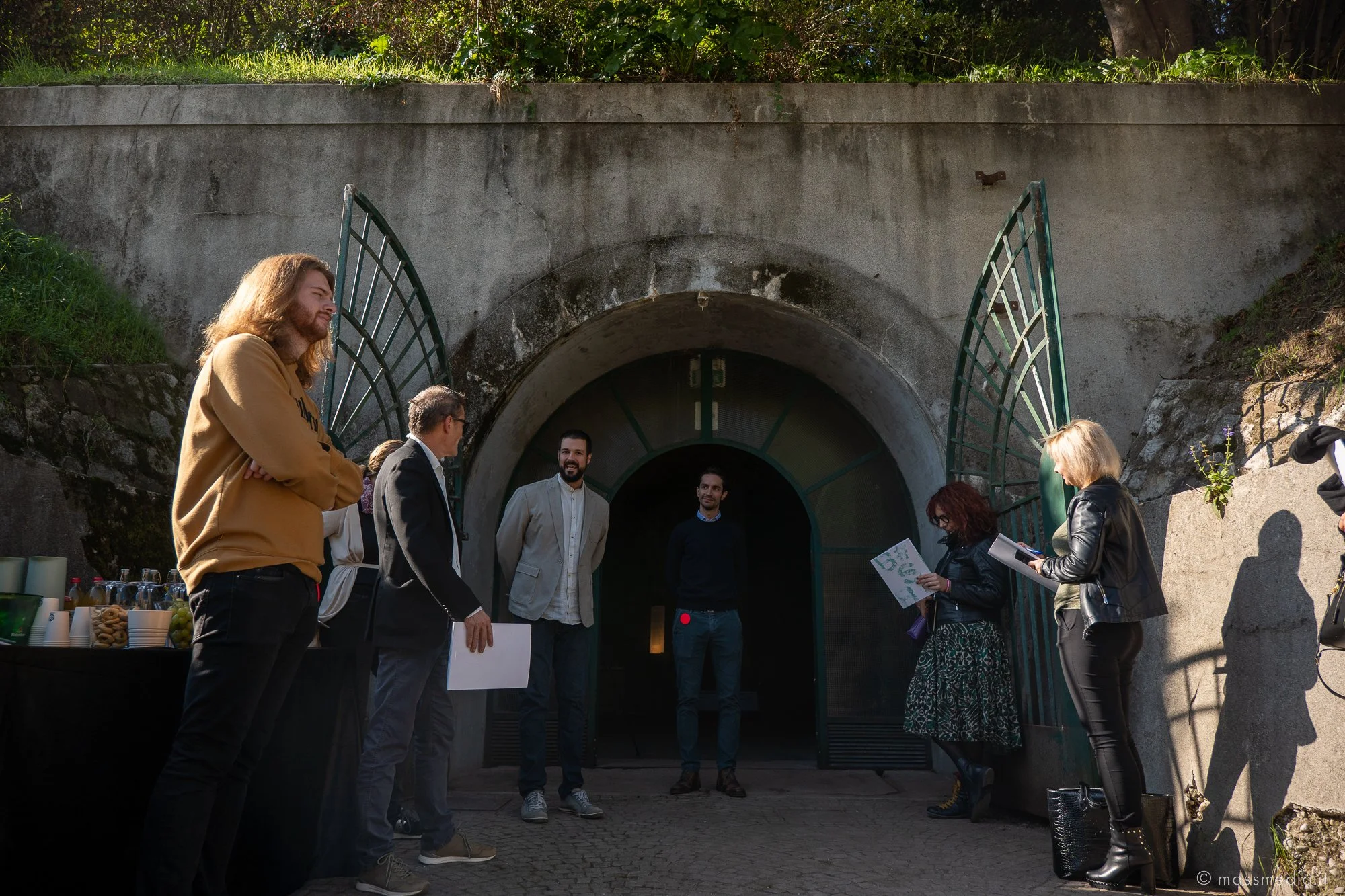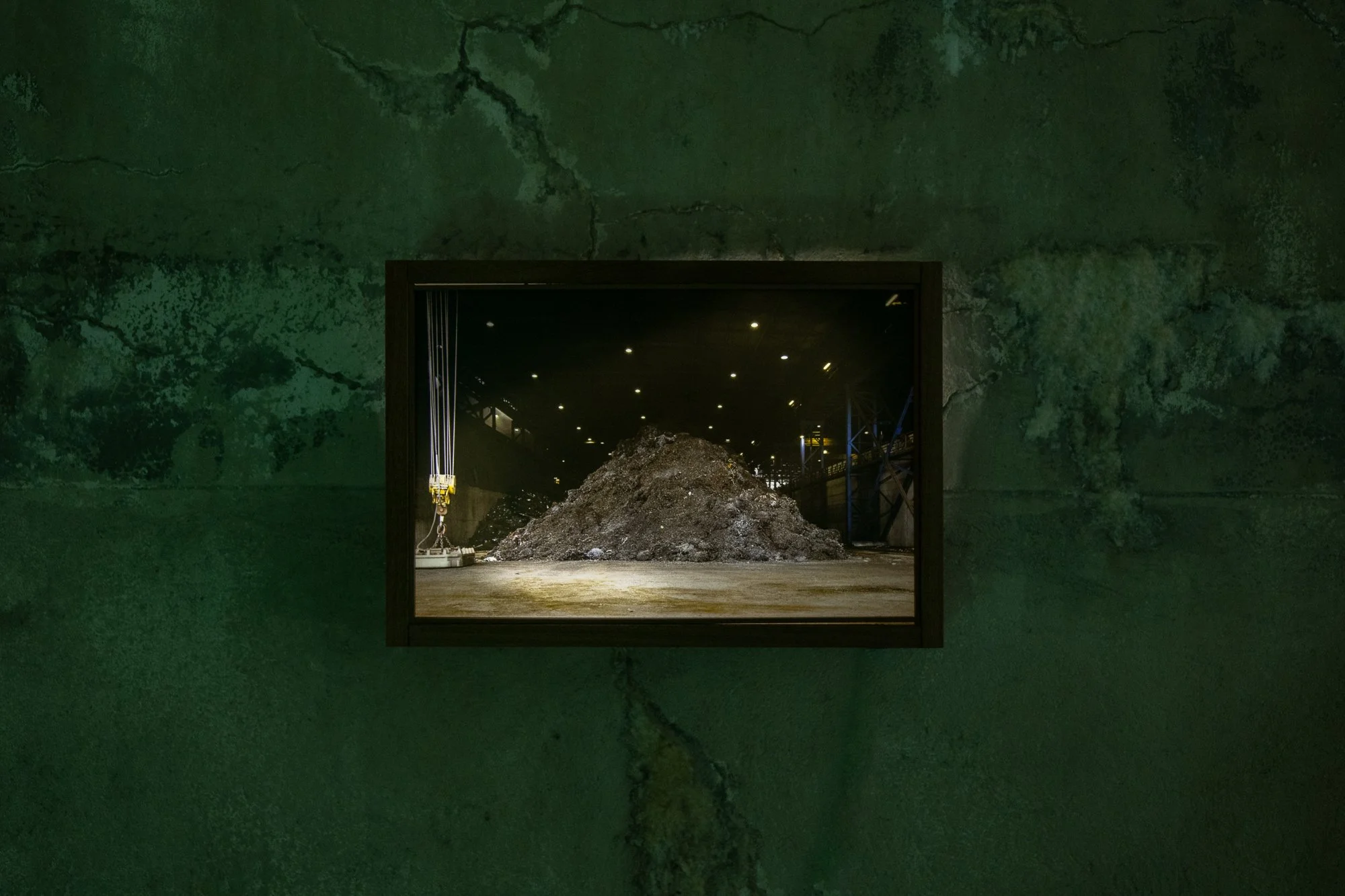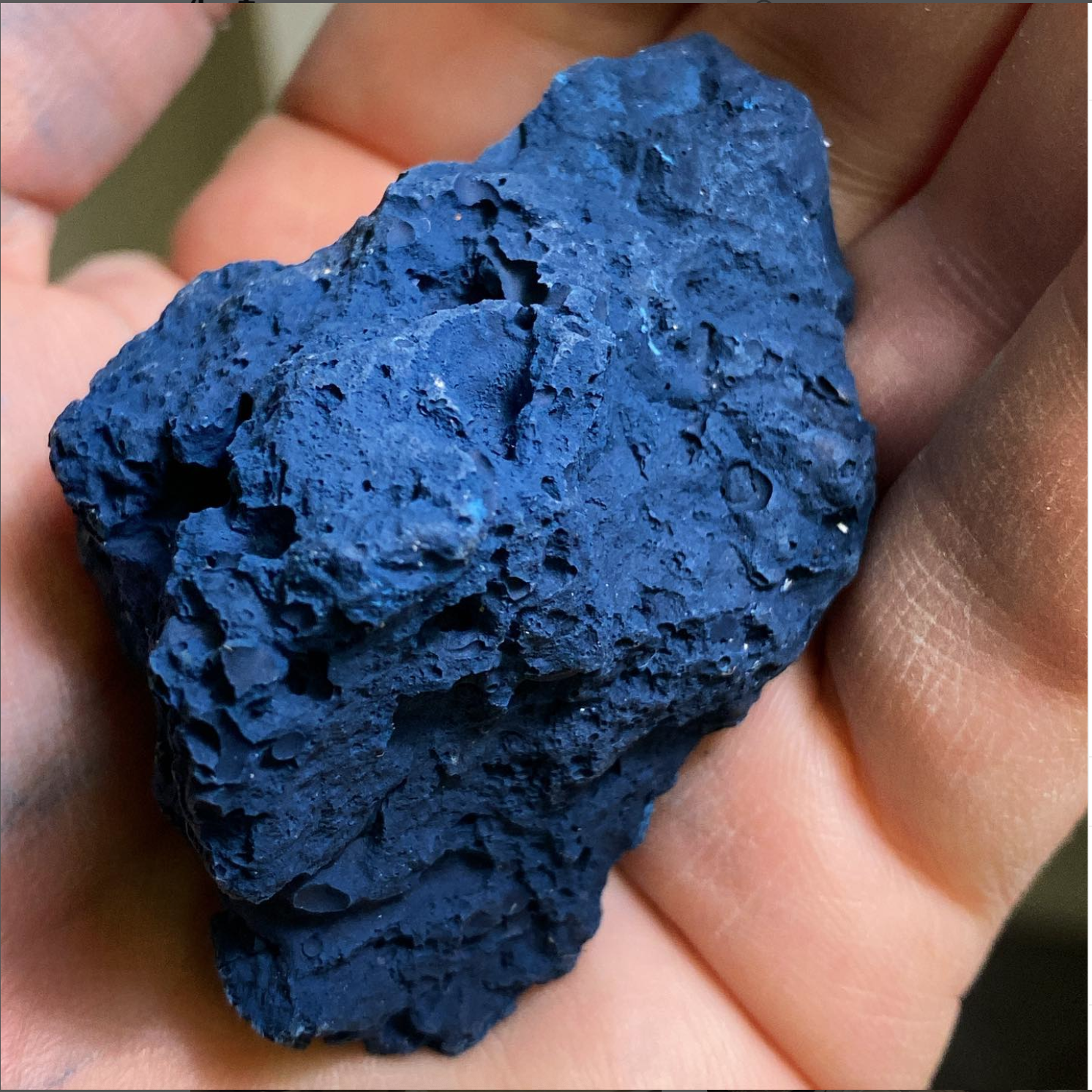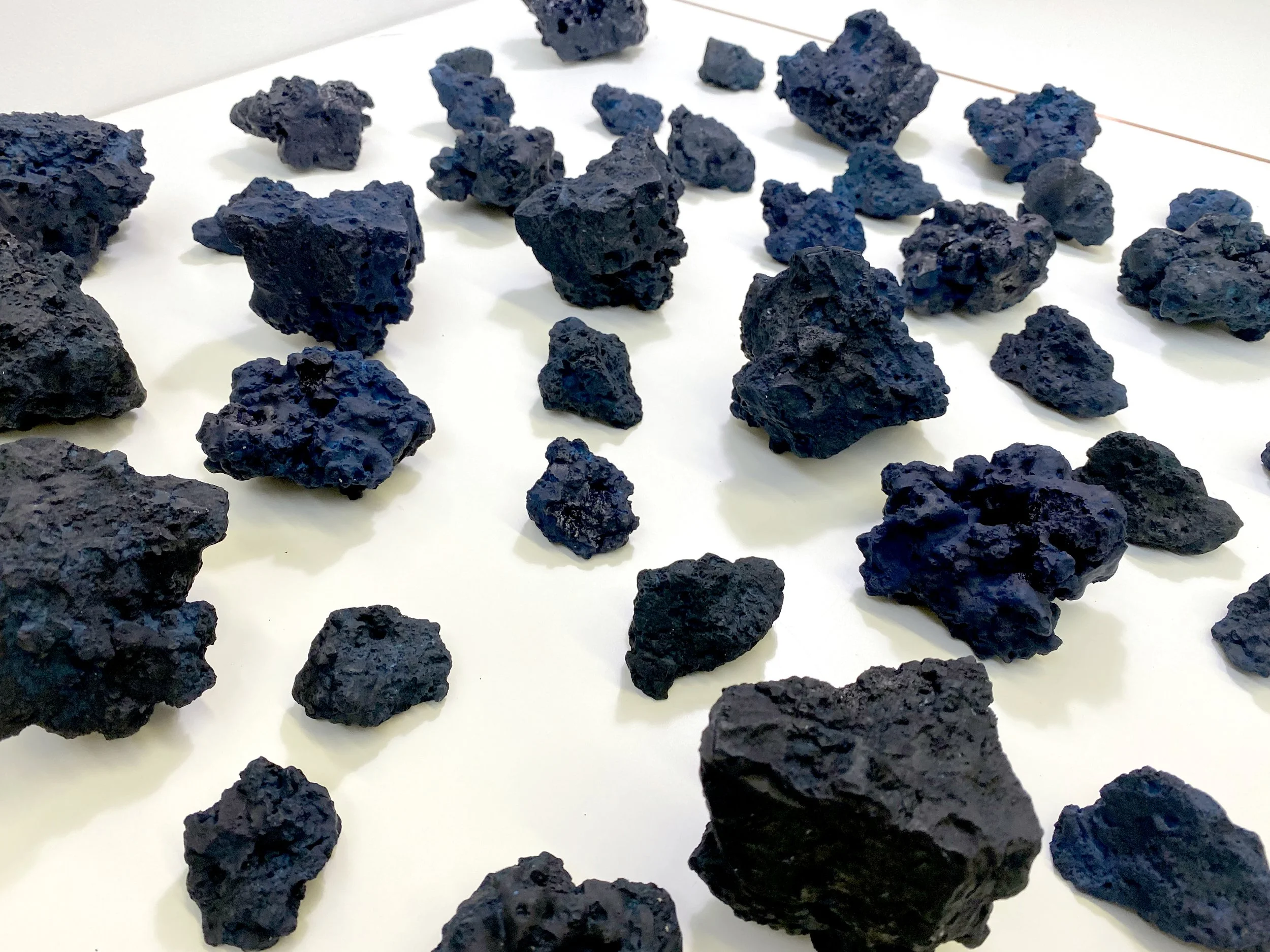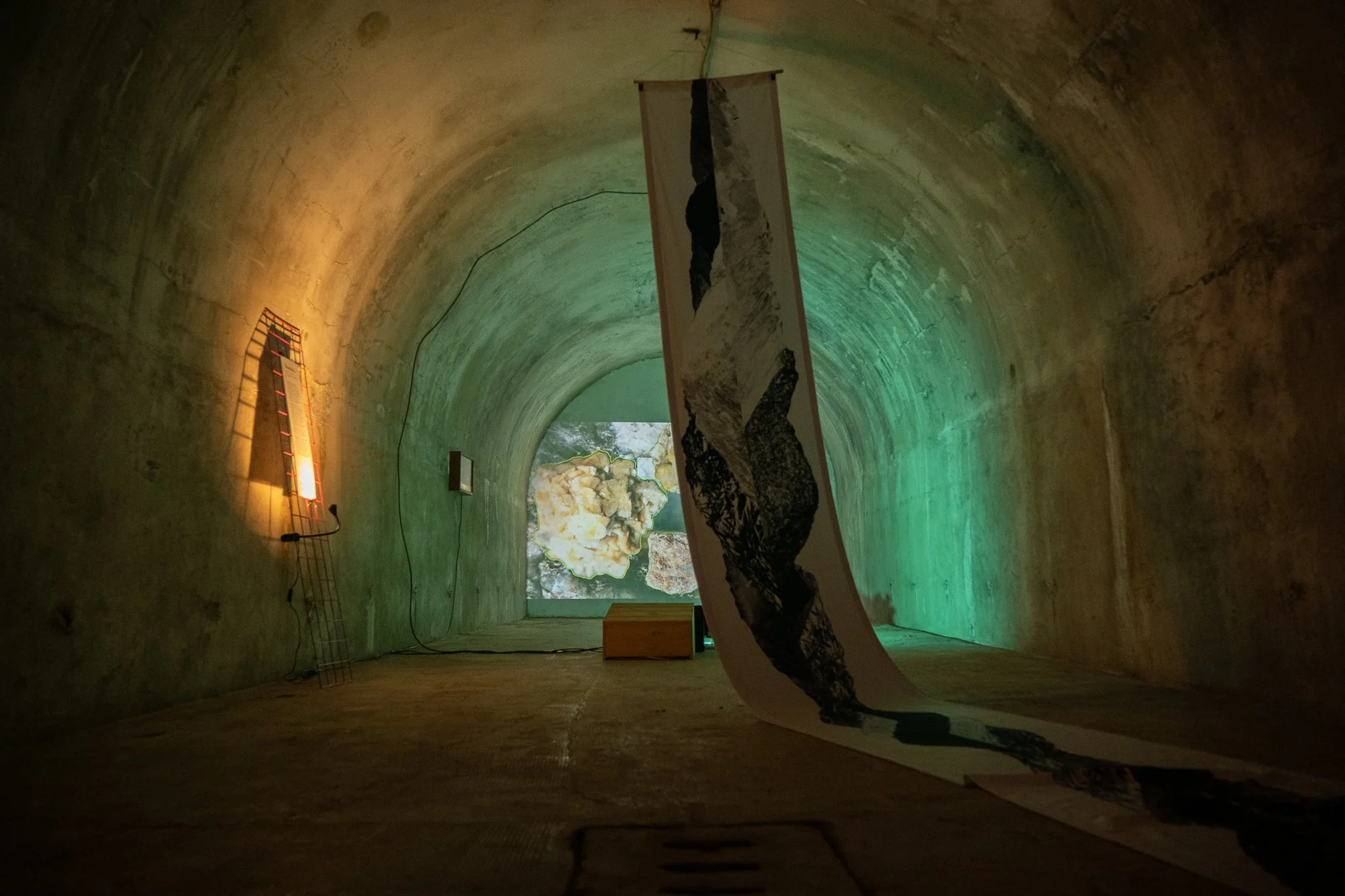
Tesselate: IoDeposito Residency
Tesselate is a research project that began with an artist in residence programme in Italy, organised and funded by IoDeposito. Victoria Lucas travelled to Friuli Venezia Giulia to take up residence with the Pittini Group in Ossopo, a steel producer focused on long steels for construction and mechanics. In addition to this partnership, she was also taken to various other sites across the region, including Venzone - a medieval town and national monument that has literally been restored stone by stone, following two devastating earthquakes in 1976 - and the disused Raibl Mines at Cave di Predil. From these experiences Victoria has developed a body of work with the support of the Natural History Museum in London, which was then exhibited at the Bunker di piazza I maggio, Udine, in November 2022. This exhibition attracted 1000 visitors a day. The following documentation details this sequence of events through images, text and documentation.






Journal Entry: 16th February 2022: Victoria Lucas
An industrial sprawl, which punctuates an agricultural plateau hemmed with jagged snowy mountains. Plumes of white vapour billow out of steel chimneys, visible against the grey horizon until they blend with the low lying clouds crouching on top of the peaks. The slow time of the mountains is revealed through undulating lines of strata, forming what look like large brush strokes of black ink on a craggy grey surface. Beautiful silent giants; known for their occasional turbulence. One is identified as the epicentre of the 1976 earthquakes, which devastated much of this region, including the factory. I think of the mountain as petulant, its sudden violent outburst a traumatic marker in the memories of those who lived it.
Pittini’s foundation champions social and cultural responsibility across the region. Local children are educated at the plant through specialised interactive school trips, in the hope that the community holds on to their young instead of losing them to the promise of big cities. The sense of community - of pride - is comforting and healthy. I feel closer to Sheffield’s industrial past as I walk down the corridors and through workshops - closer to what was also a community of steel workers - situated in and belonging to place and to each other, through their solidarity. How devastating it must have been when those factories closed.
The effort exerted by human bodies is how it began. Seams of Iron were extracted - luted - over centuries using rudimentary tools - weapons - deep within the heart of the earth. The region has been invaded and attacked with the aid of this material for centuries, given that it is so close to the country’s border. There has been so much discussion about rebirth, renewal, reconstruction. Using the devastation of war and natural disaster to build back better and stronger, while learning more about the very fabric of place and what came before. Pittini began his business by recycling the detritus left behind by the first and second world wars… melting down the tools of violence and repurposing it in to building materials for the surrounding villages and towns. This reclamation of matter reflects the ingenuity and fastidiousness of the region. Out of destruction comes an opportunity for transformation. A piece of shrapnel, a building, a village, a community. All reformed using energy and slow time.
Venzone was shattered by the earthquakes of 1976. A national monument, this medieval village had been professionally documented prior to the devastation that struck its walls, meaning they had the means of reconstructing each building exactly as it was before. Each stone scattered across the area was organised and positioned in separate storage areas - fields full of stones that once made up walls and arches. Every single stone was positioned in the same order, to the millimetre, a job that took 10 years to complete. Layers of history are revealed through their arrangement forming a palimpsest, dismantled and respectfully restored with the knowledge that one day it will fall again. These markers of the tragedy are not solemn acts of remembrance, but are reminders of the future to come.
From the Pittini Archive and Research Centre
Journal Entry 17th February 2022 - Victoria Lucas
Reclaiming matter as a metamorphosis. From one metal object to another. Hot fluidity, a state of transition, a process of solidifying in to something that is of value in the present moment. A rebirth, a new purpose, a new life. The former shape is just a memory. The metals are the guts of the earth. The old stone buildings are the mountains, reassembled. Metal and rock and minerals and water and oxygen and fire. Elemental components that are drawn from the environment and used to create shelters, homes, communities, life. By-products that look like rocks. A slag heap is formed over time. I am drawn to this material, for its association with waste. I am drawn to the scrap heaps for the same reason. Both materials move from obsolescence towards a repurposing through process. Through liquidity and solidity, something is made out of nothing. I am interested in the geology of the region. The absence left behind after the extraction of minerals, the strata of the mountains compressed over time, the metal that is of earth that is brought to the centre of this plateau seven days a week from all over Europe to be melted and poured and rolled and transformed. There is something about rebirth and renewal that I want to focus on here. The process that takes place in the factory is reflected in the surrounding communities, specifically Venzone. A piece of discarded metal or a building that has been shook to the ground. Though solidarity and ingenuity and skill and precision, these objects are reborn, reflecting the past while considering the future. There is something about slow time I want to think about here - living in the past, present and future in this way under the shadow of the mountains - the product of slow time, is quite poignant. pinning this down - scrap to construction material - devastated village to reborn palimpsest - earth, rock, mountains, quakes, turbulence, renewal.

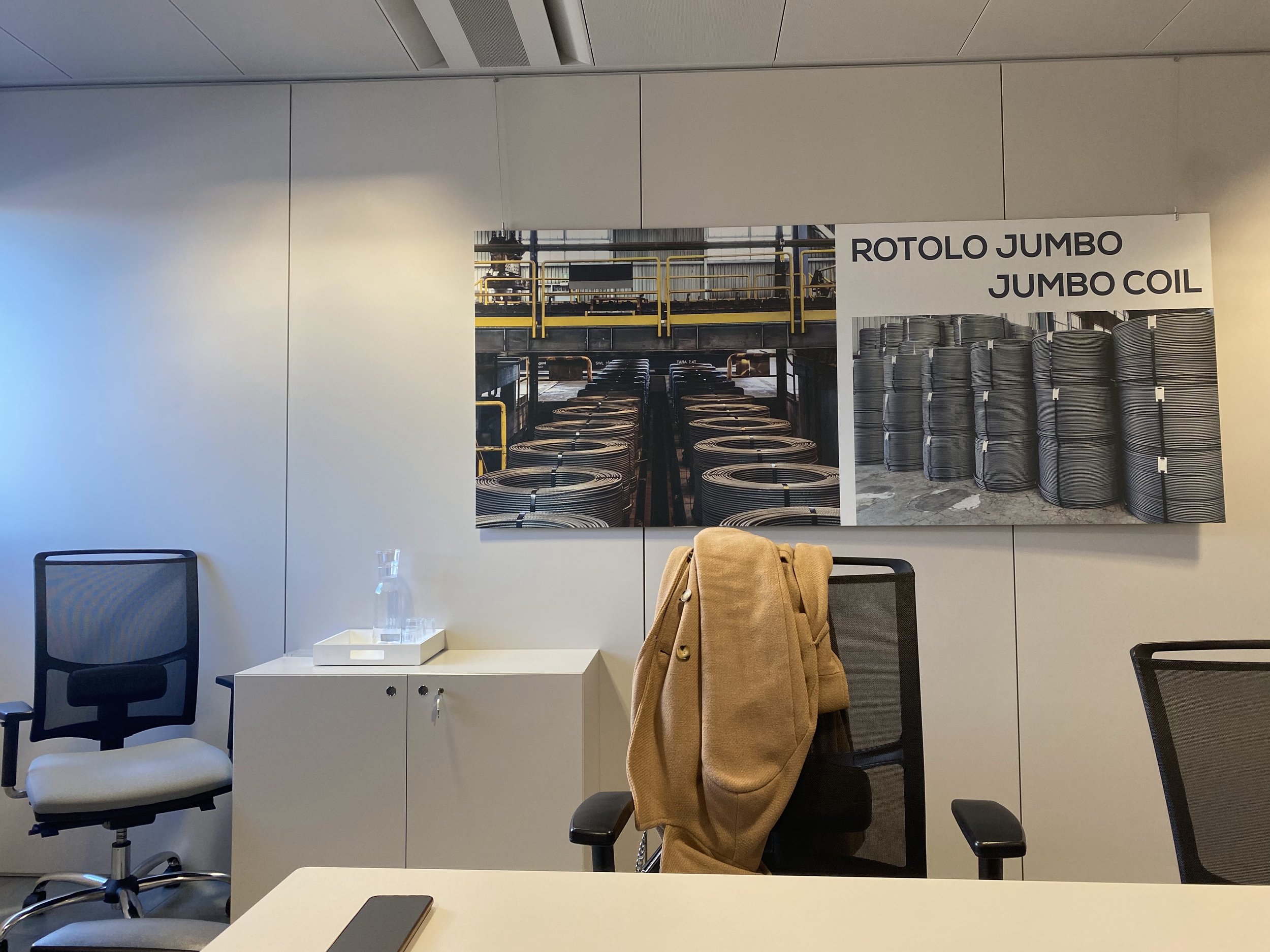
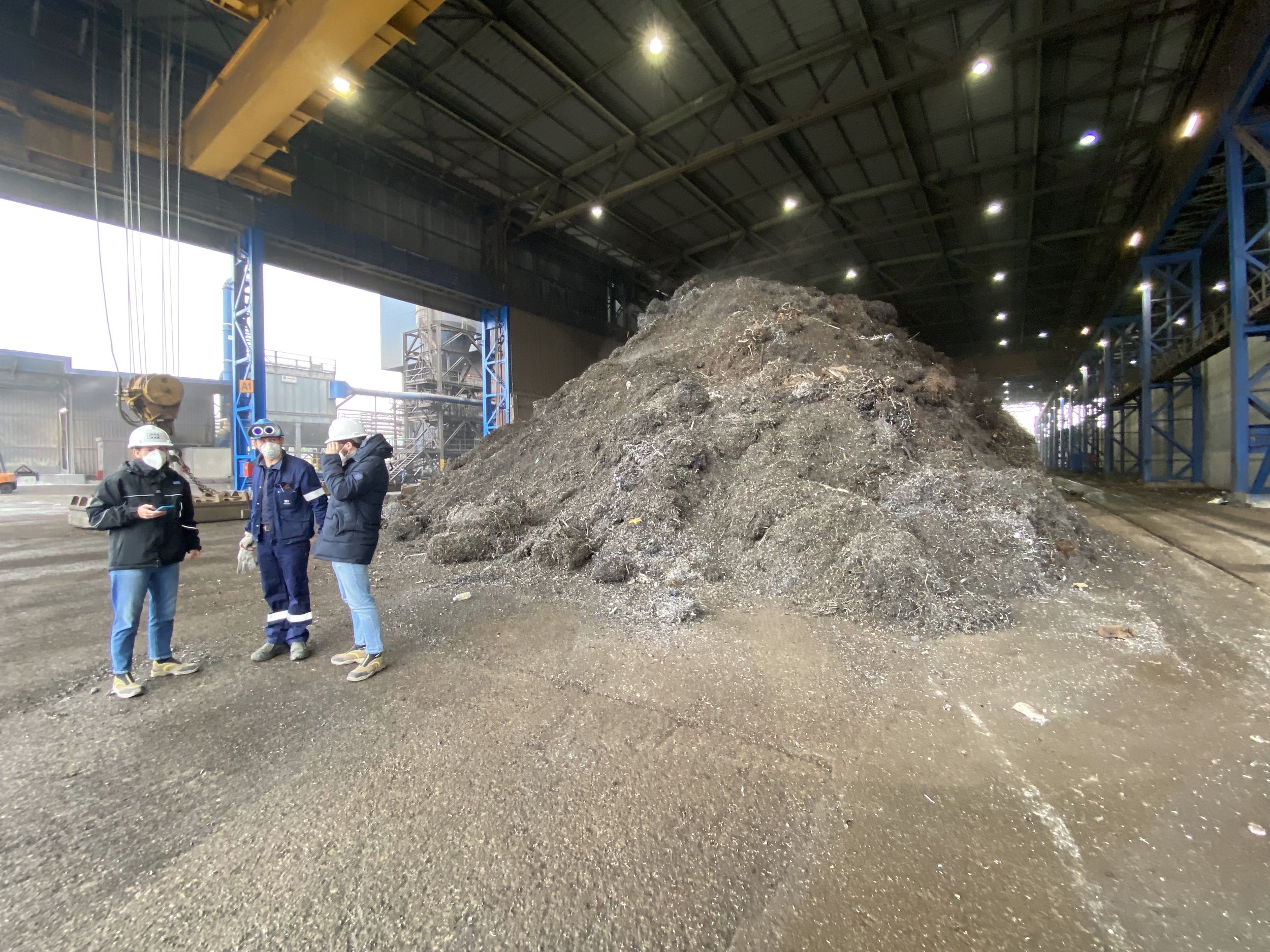



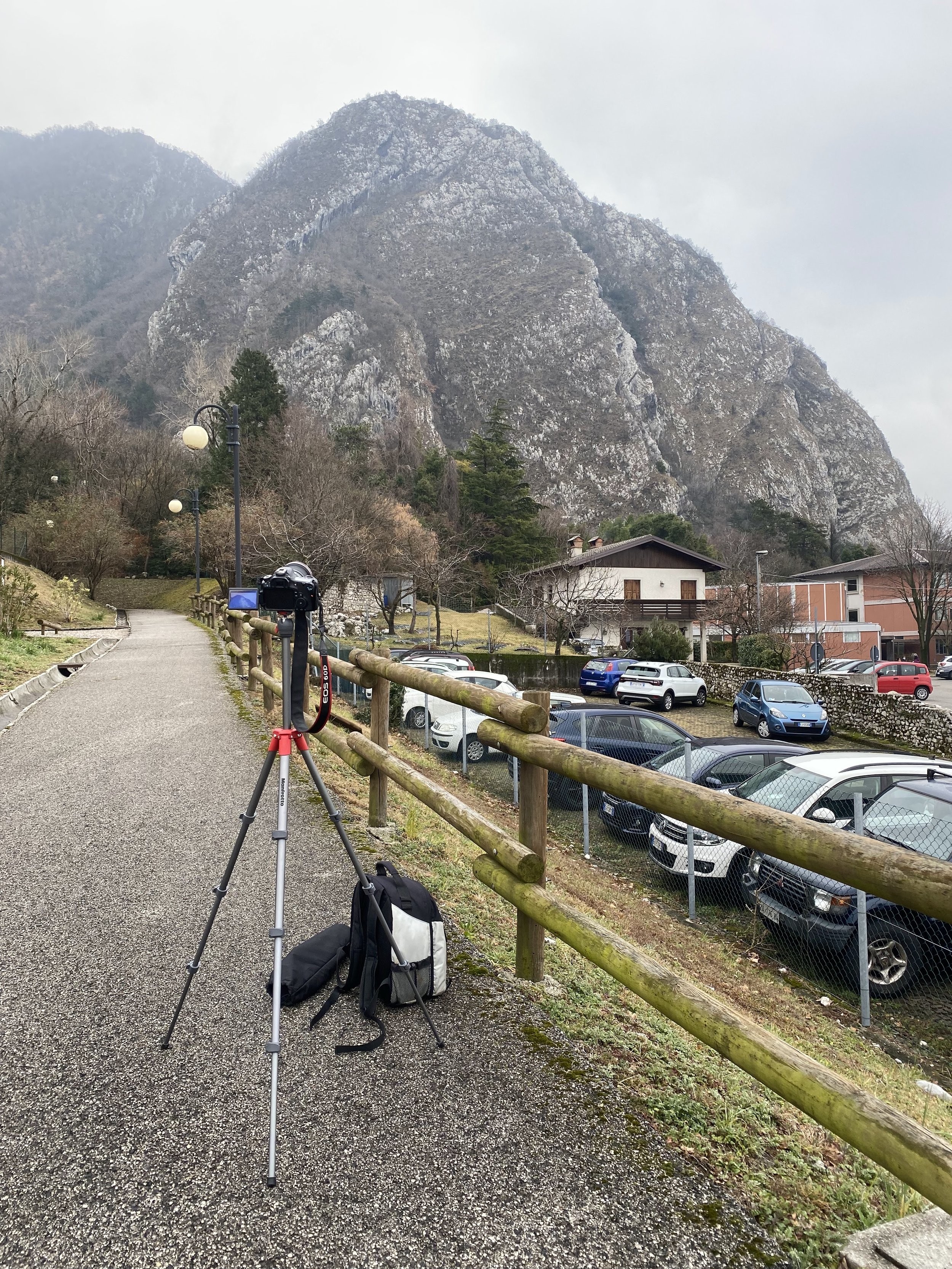
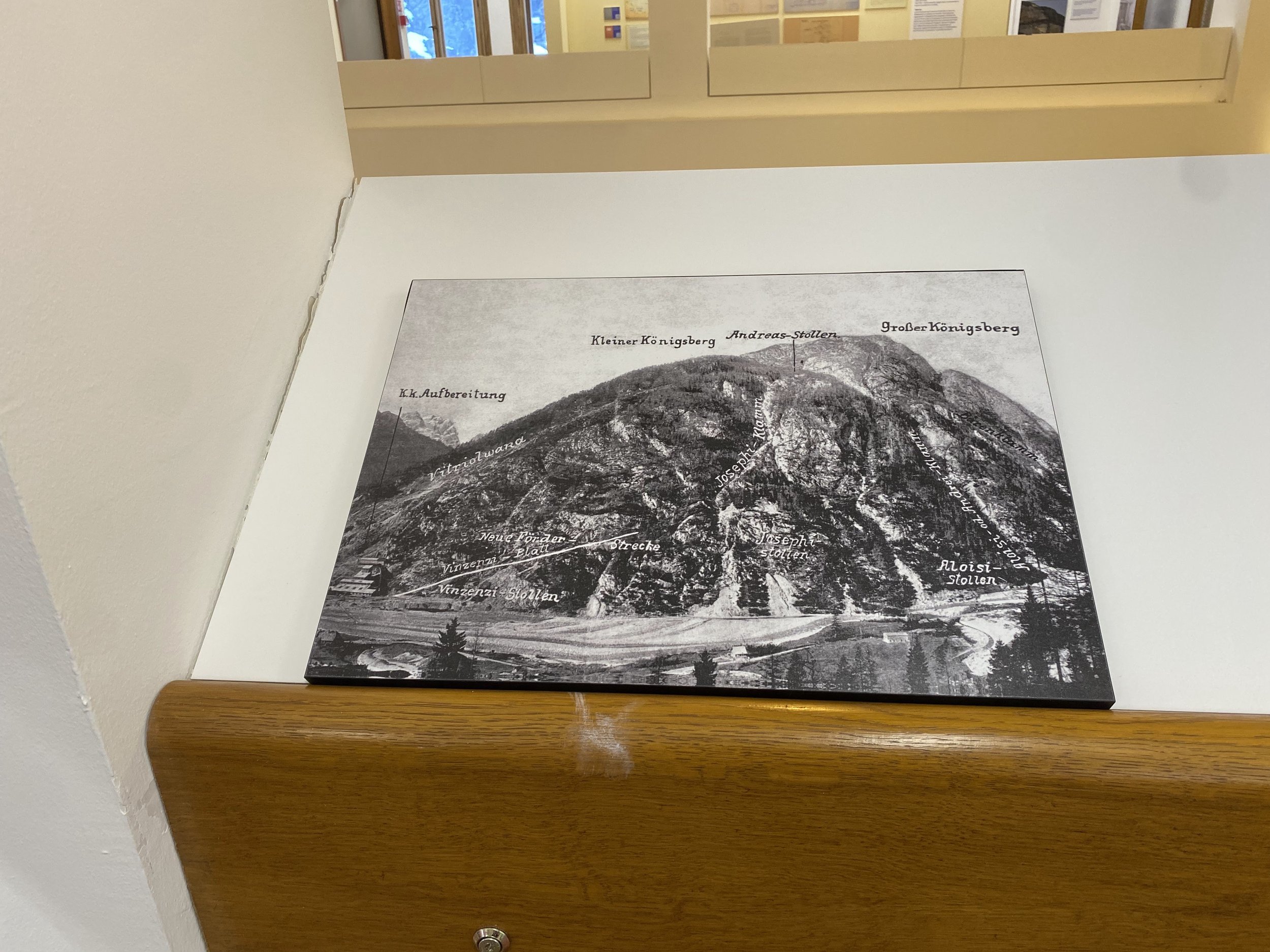
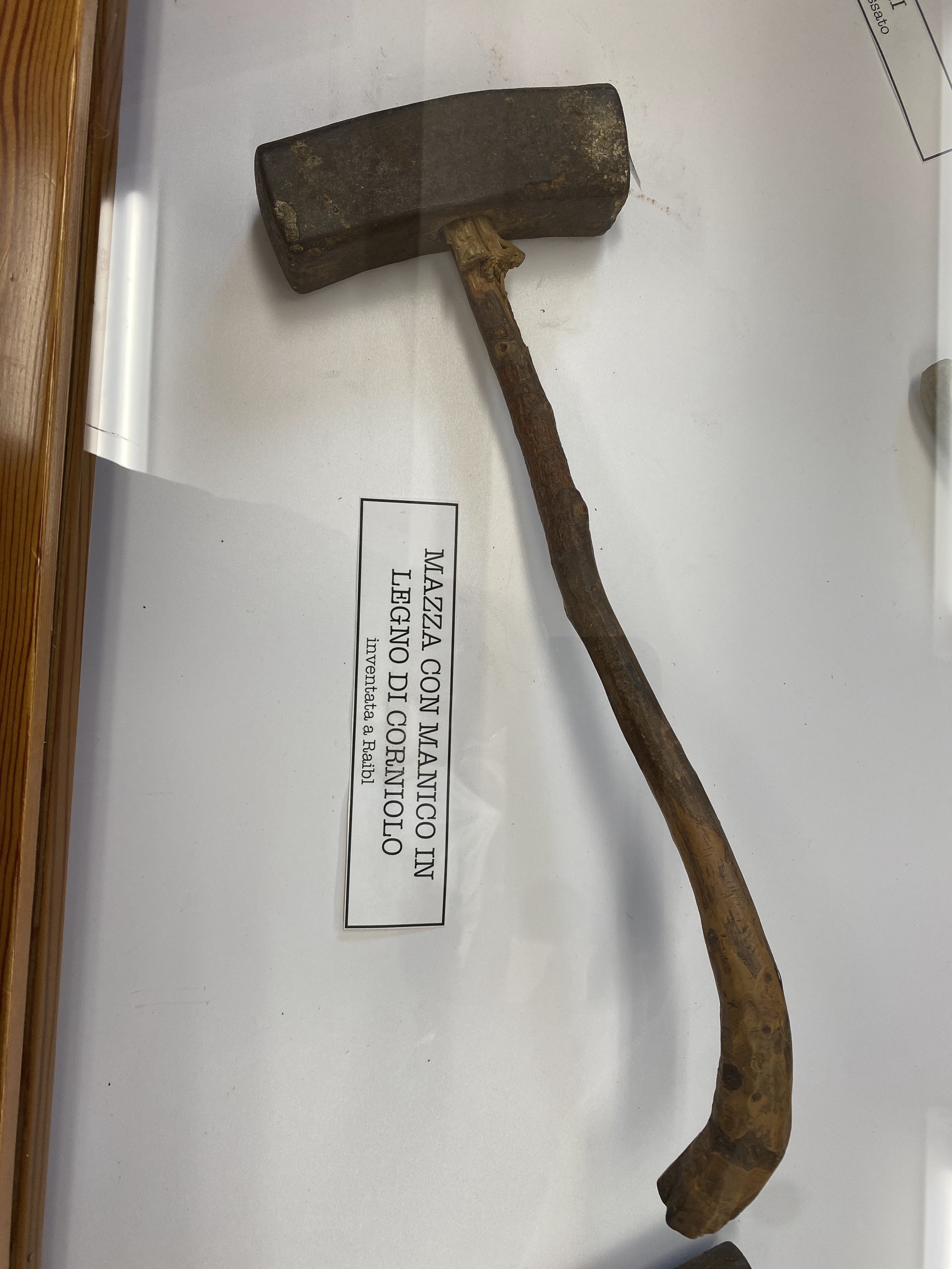
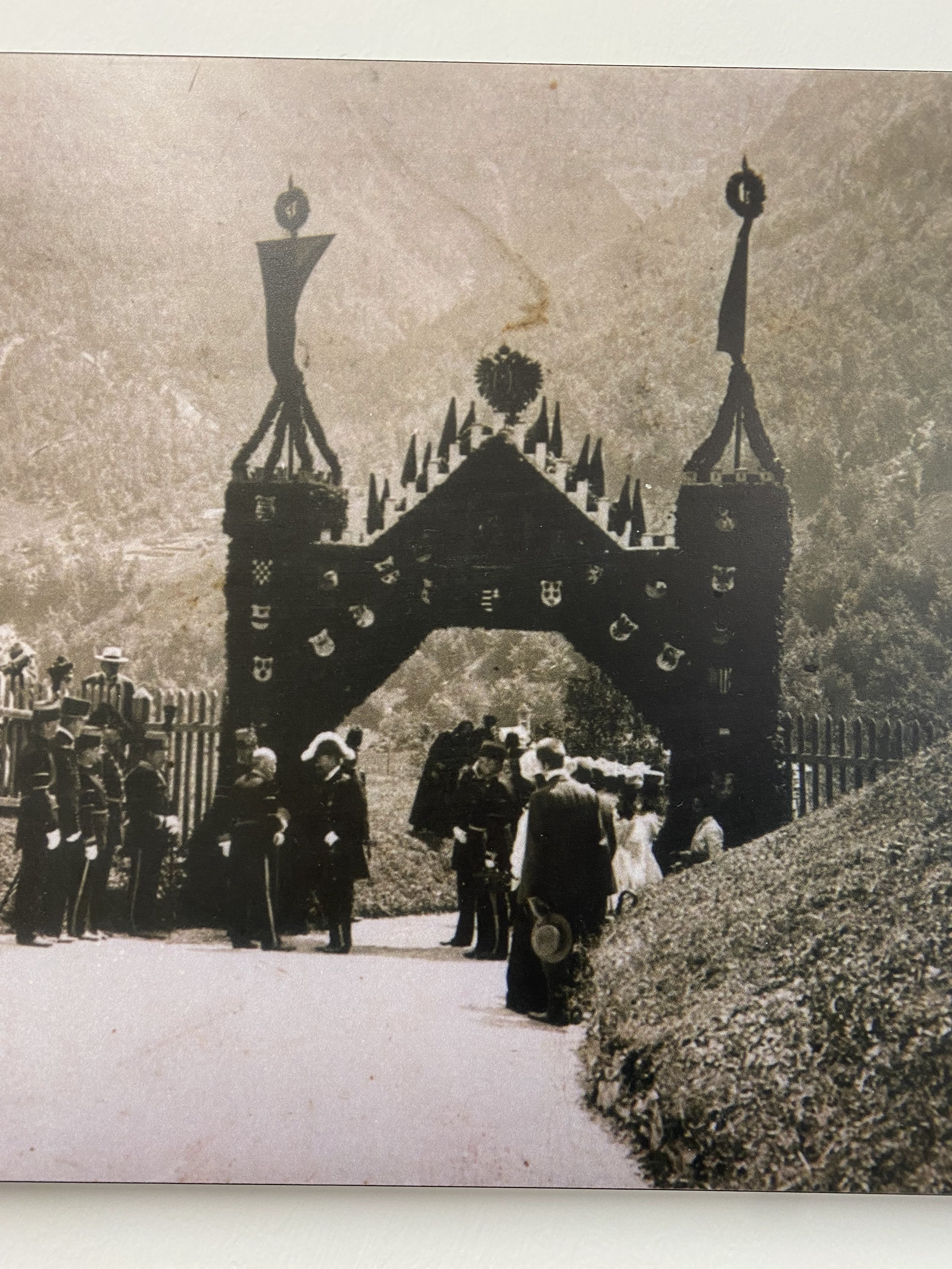
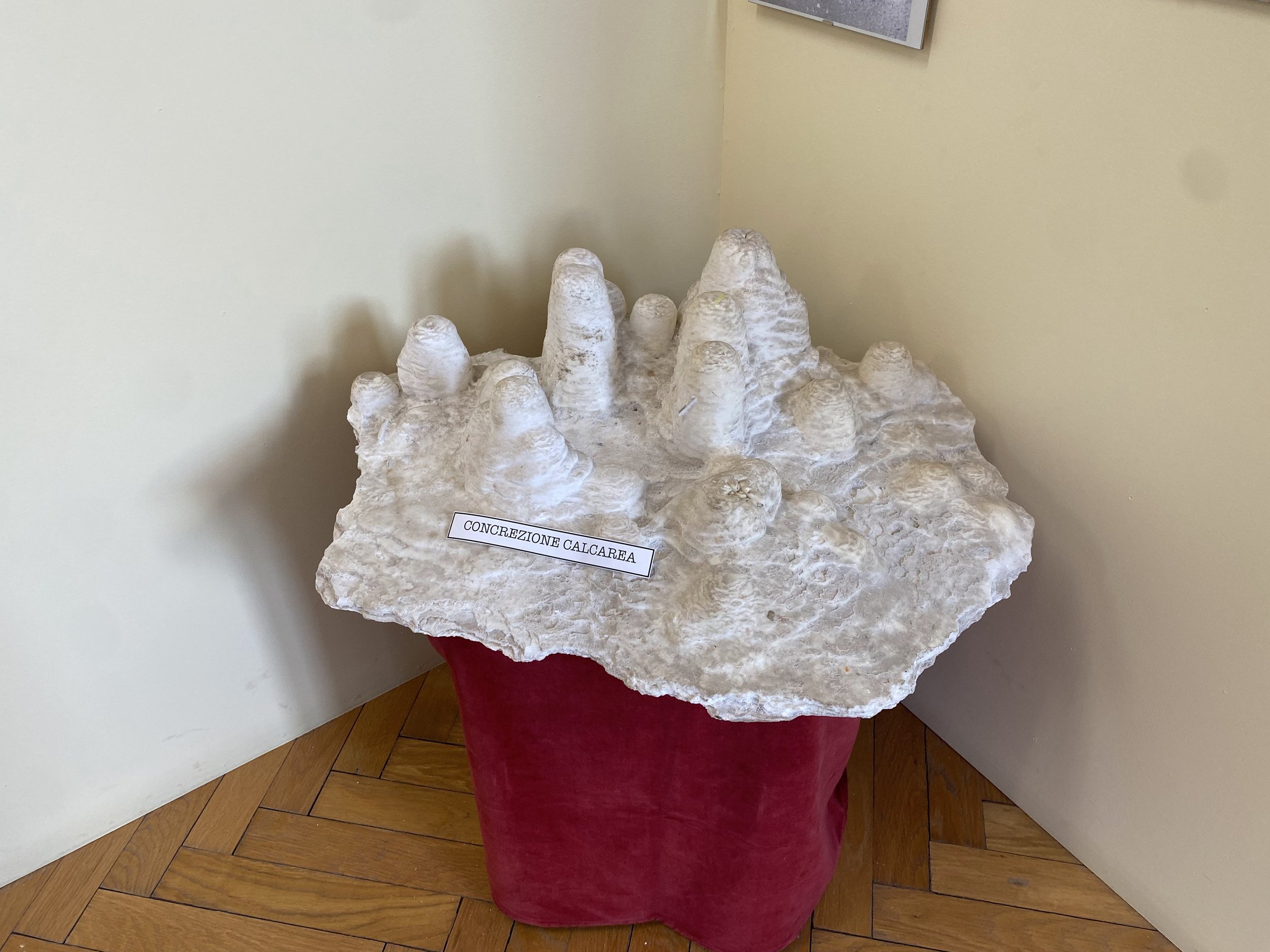
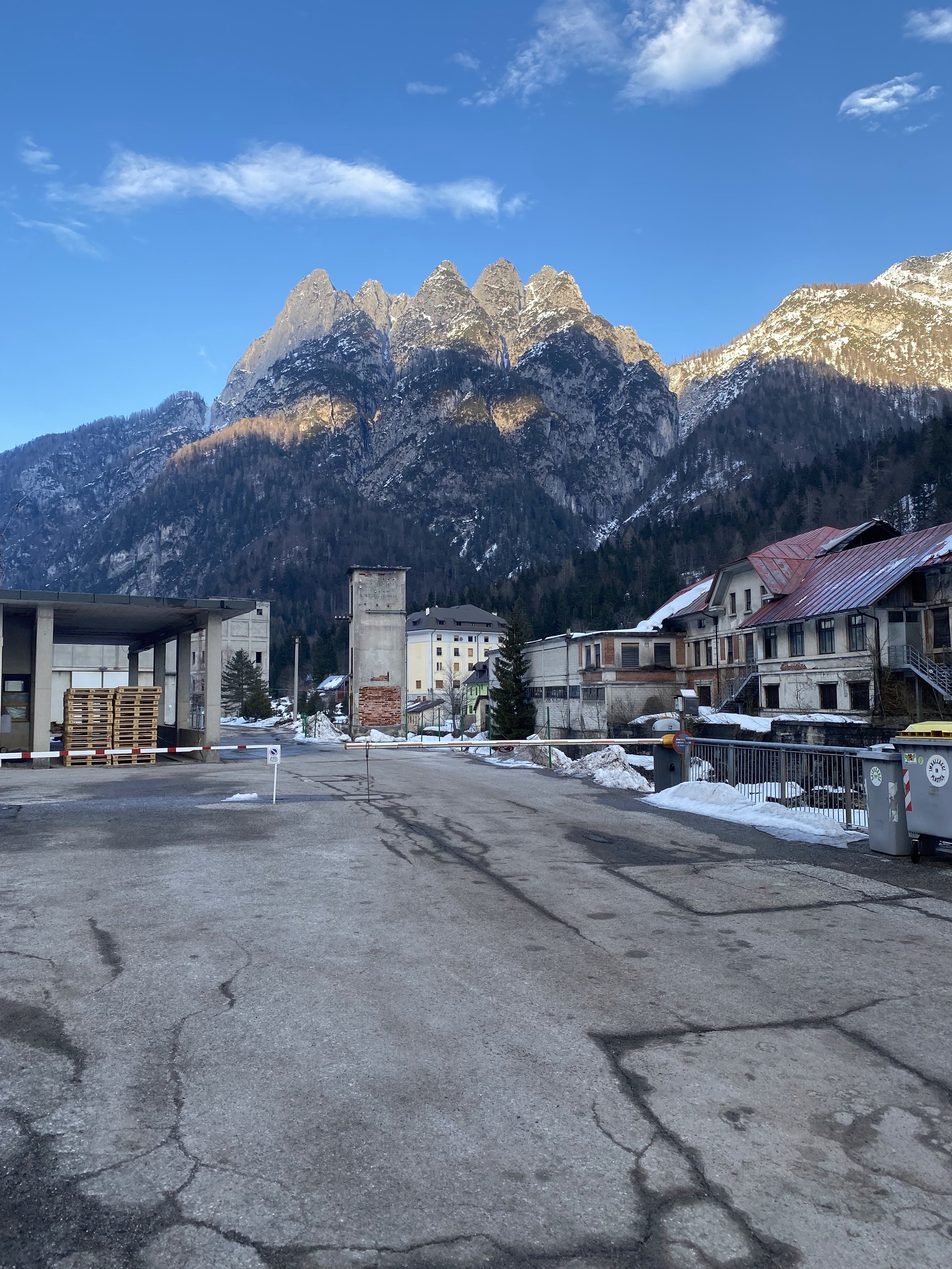
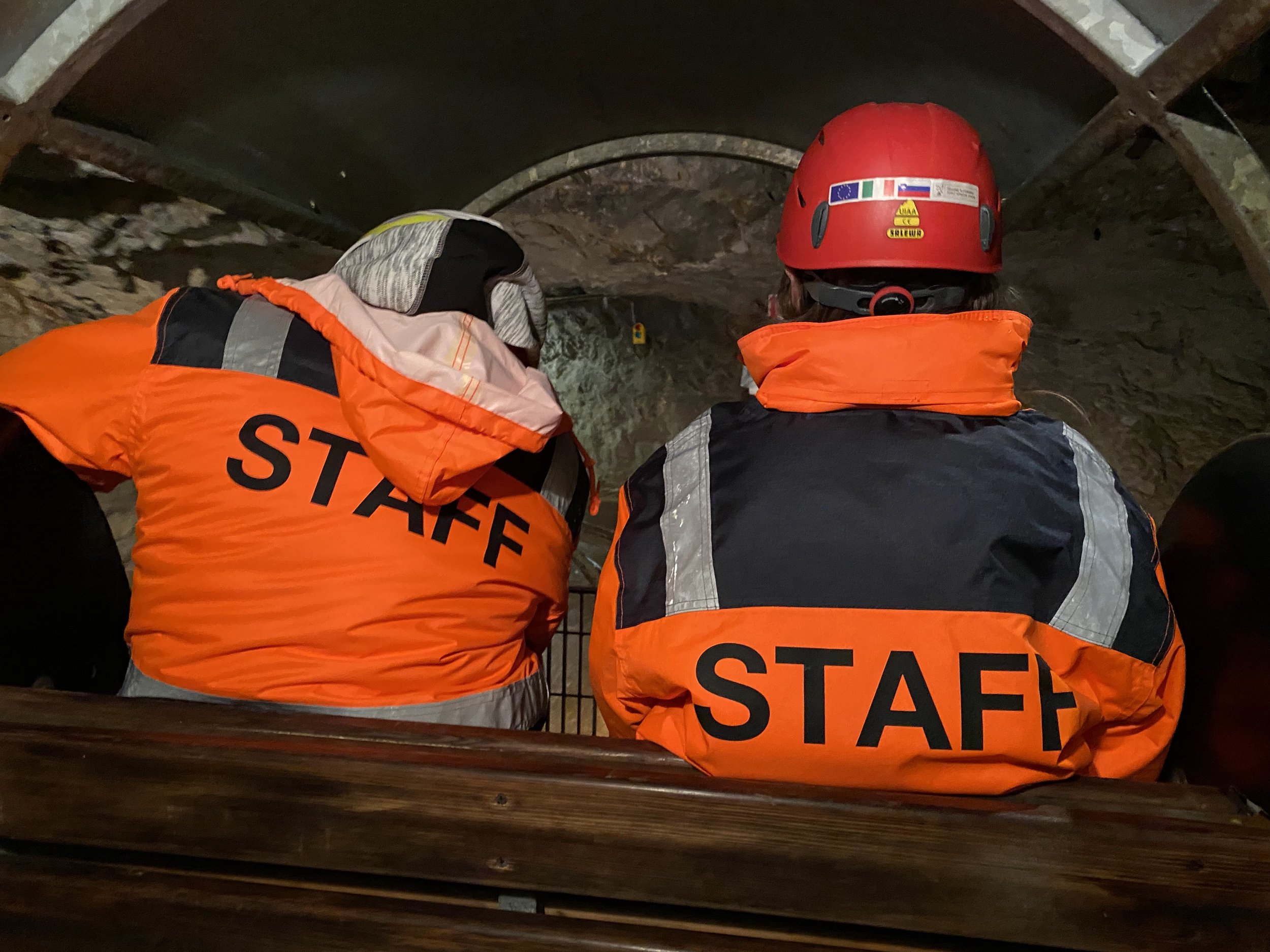
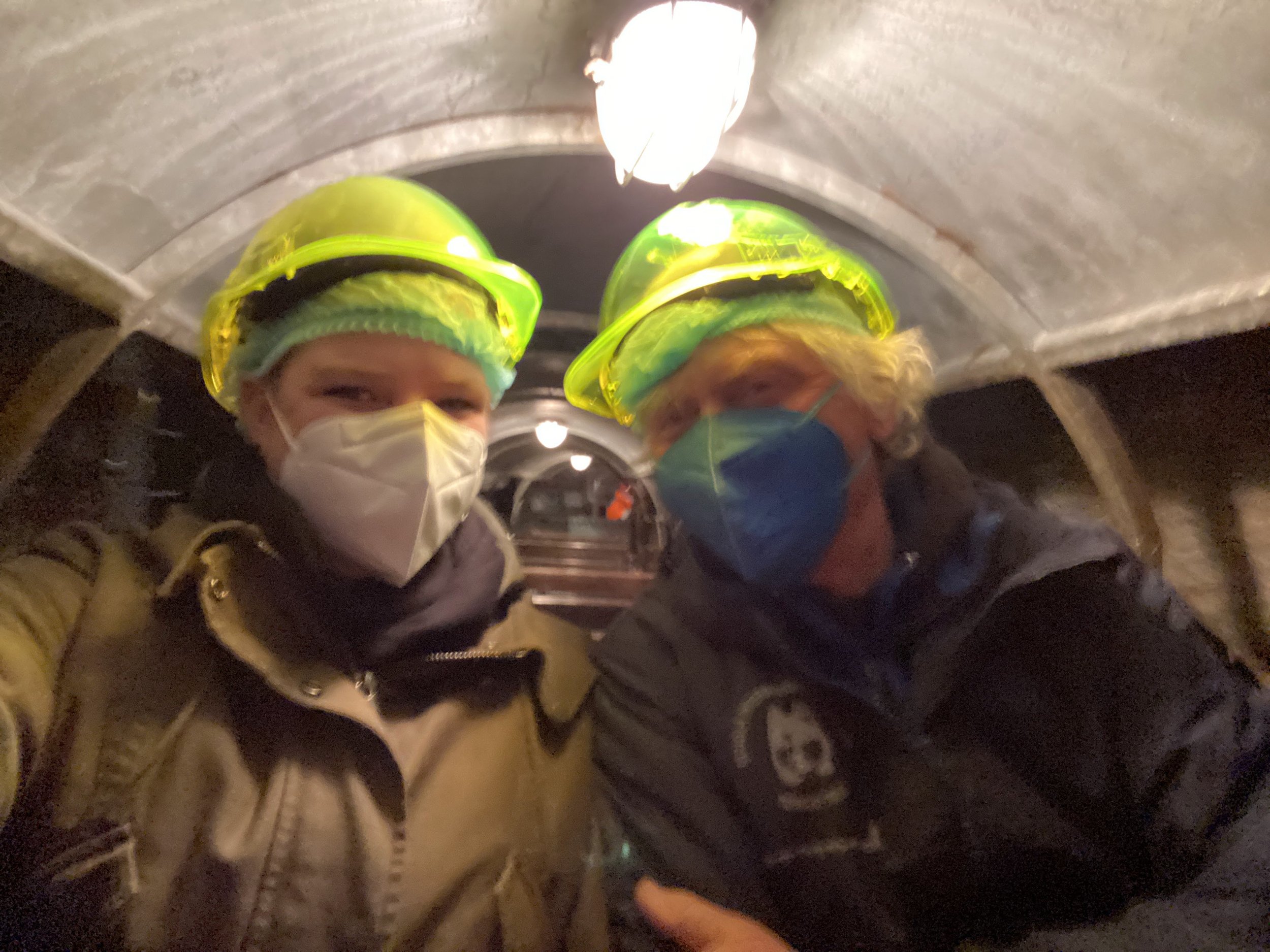


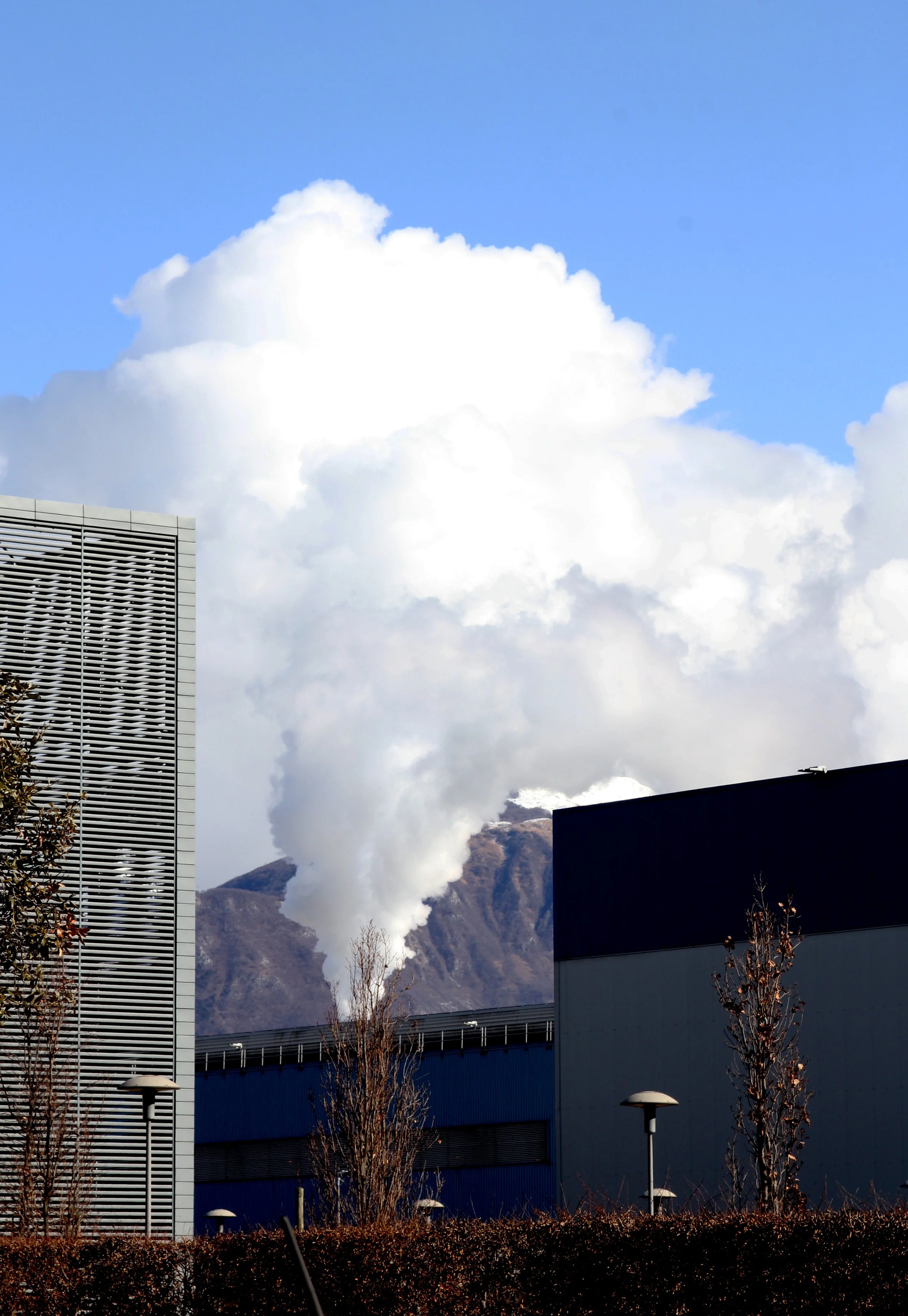
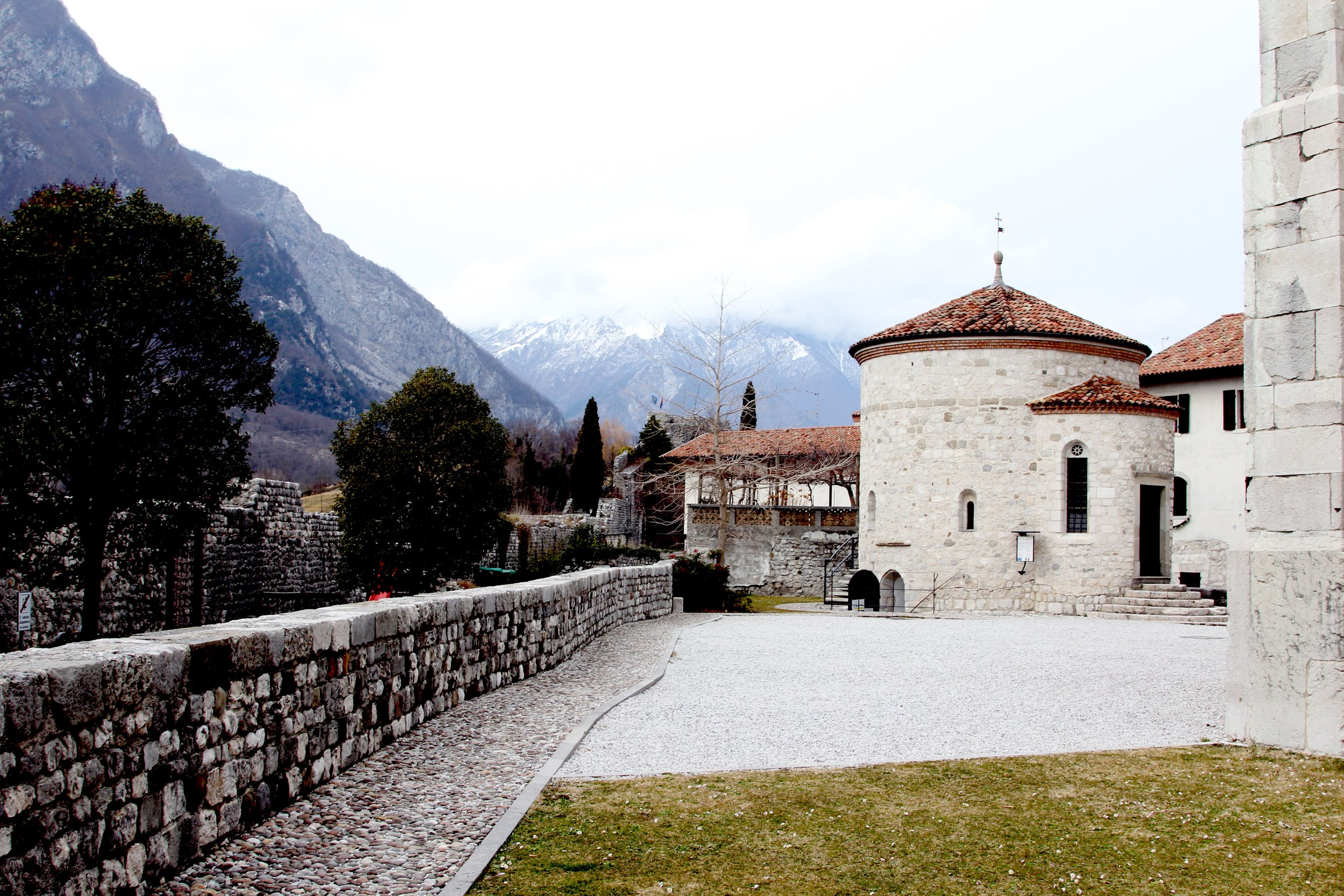
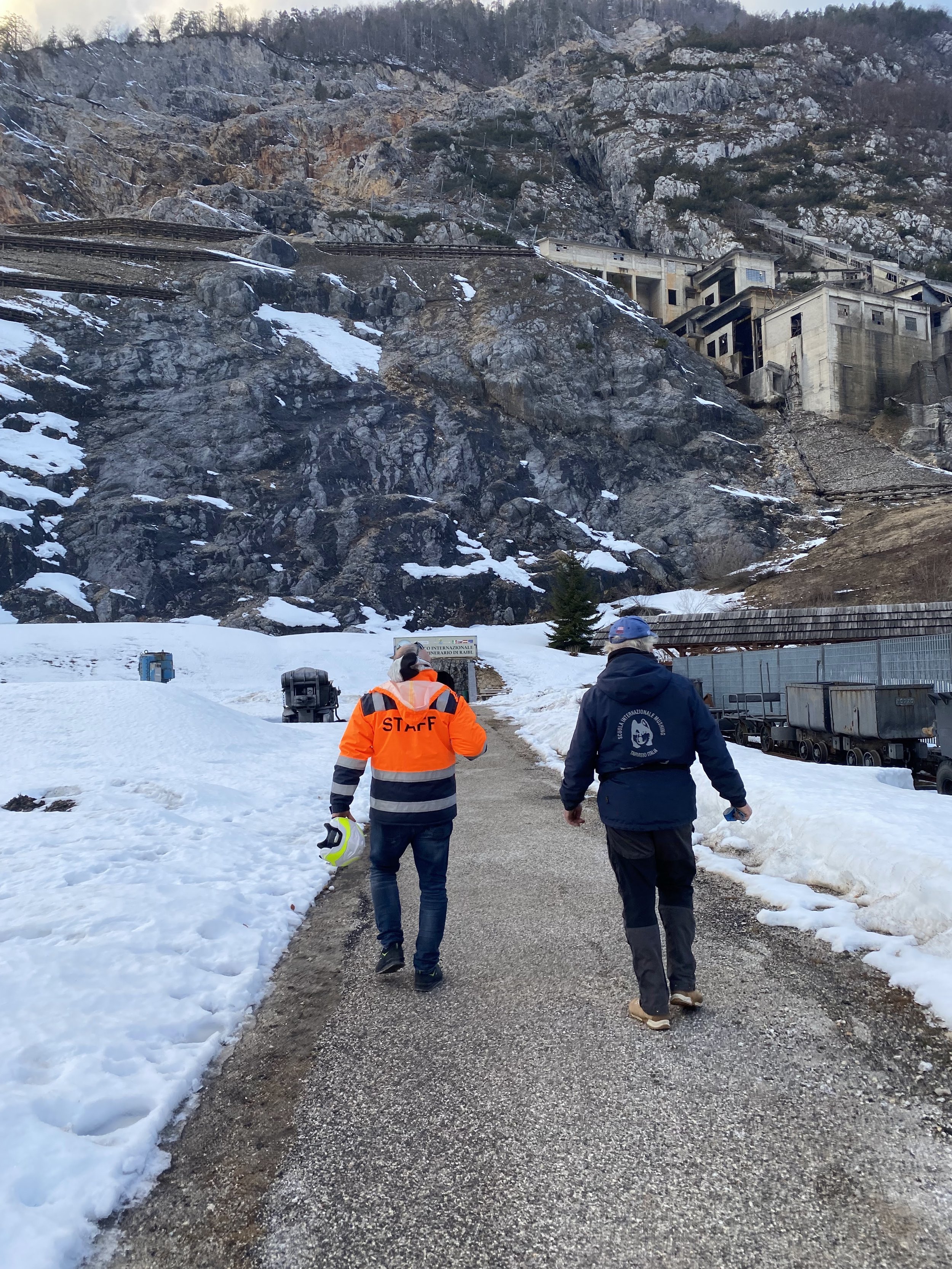
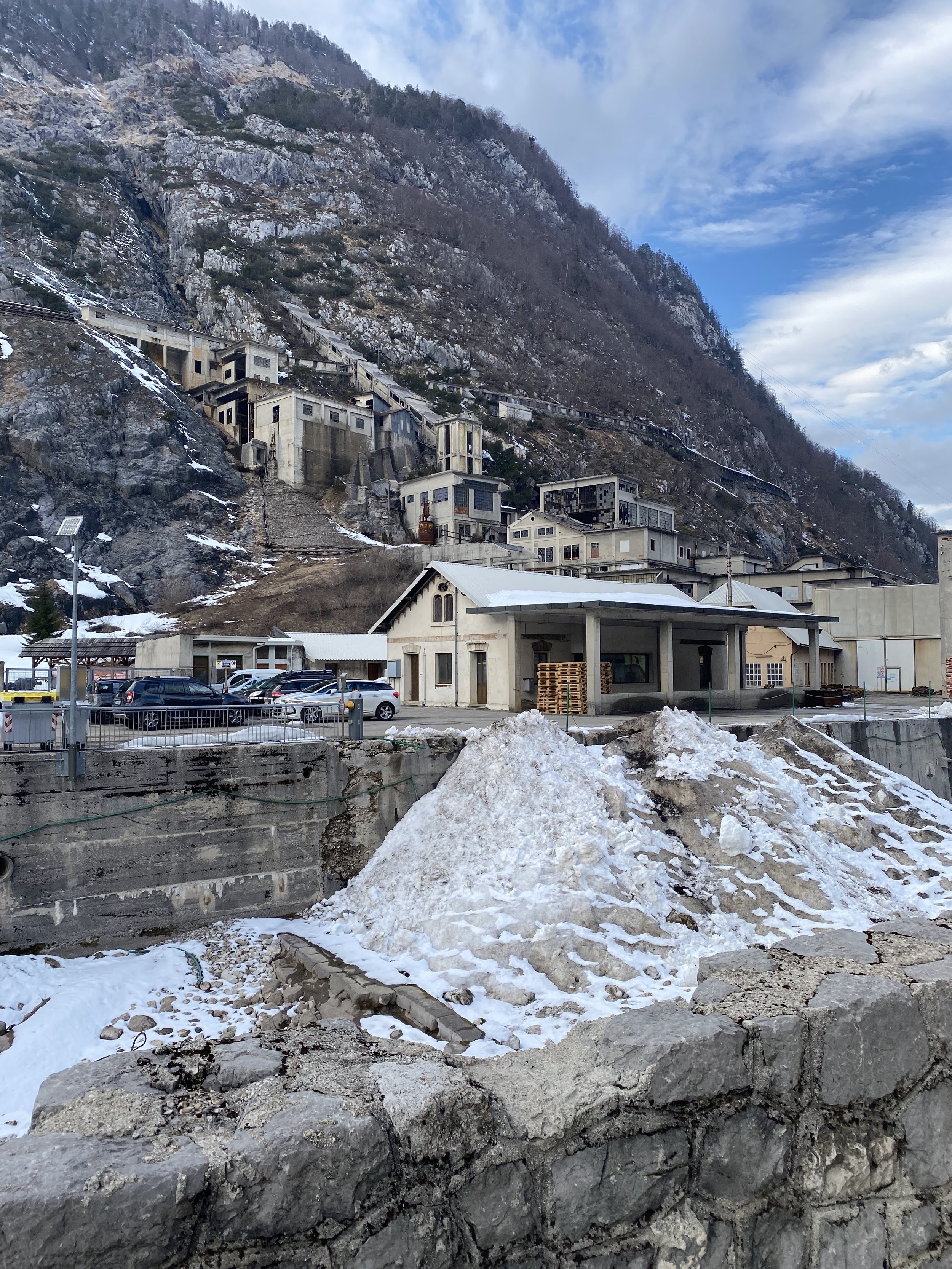
The resulting body of artworks is entitled Tesselate. The four works were exhibited together for the first time in October - November 2022, at the Bunker do piazza I maggio in Udine. The exhibition attracted on average 1000 visitors per day. The following images document the installation and venue.
For centuries, humanism has categorised the natural world as other in order to support extractive capitalism. Yet our ancestry is ‘a nonlinear tangle of animacy with multiple points of entry… it is rhizomatic, rooting into different species and deep time’ (Sophie Strand, 2021). Lucas’ project explores this entanglement of matter, as the power of mineral, muscle, machine and technology tesselate to unite terrigenous material in a continuous state of becoming. In the works, scrap metal, slag matter, volcanic eruptions and mined mountains become agents of this liquid existence, which cyclically flow and solidify in place and through time.
Entrance to the Bunker do piazza I maggio in Udine
Victoria Lucas Shavings, 2022
Photographic Transparency in Lightbox
45cm x 30 cm
Edition 1 of 1
Shavings presents the viewer with a mound of scrap metal waiting to be melted down and transformed into steel for construction. Captured in a liminal state - beyond one form and not yet another - the photograph speaks of an impending rebirth of matter while referencing the natural landscapes from which its properties were gleaned.
Victoria Lucas Slow Time, 2022. Single Channel Digital Video, 7:26
A single channel digital video with an audio narrative. The work foregrounds a slow motion view through the window of a train, while travelling through the Friuli Venezia Giulia region. The narrative describes a visit by the artist to the Natural History Museum in London, where she visits a collection of rocks and minerals extracted from the Raibl Mine in Cave del Predil over 150 years ago. The artist brings news of their homeland, following a trip to the heart of the mountain with a human stranger she meets along the way. The work includes images and animations of the rocks and minerals that she addresses.
Victoria Lucas Making Something out of Nothing, 2022. 36 Jesmonite Casts of Pittini Slag Fragments
Installation View
Echoes, 2022 Digital Collage Printed on to Fabric 810 cm x 75cm
A digital collage of the shape of the horizon viewed from the Pittini factory, using images of the factory’s scrap heaps. “I was really taken by the forms of the scrap heaps in the yard, and how they echoed the shape of the mountains visible on the surrounding horizon. I made a panoramic image of the skyline from a 360 degree walkway positioned on one of the factory chimneys, and then painstakingly reconstructed the mountain range using the images I took of the scrap piles in the yard. The resulting form refers to the surrounding skyline, viewed from two opposing perspectives.”
Images Courtesy of Victoria Lucas and IoDepsito. All works developed are now part of the IoDeposito art collection.
